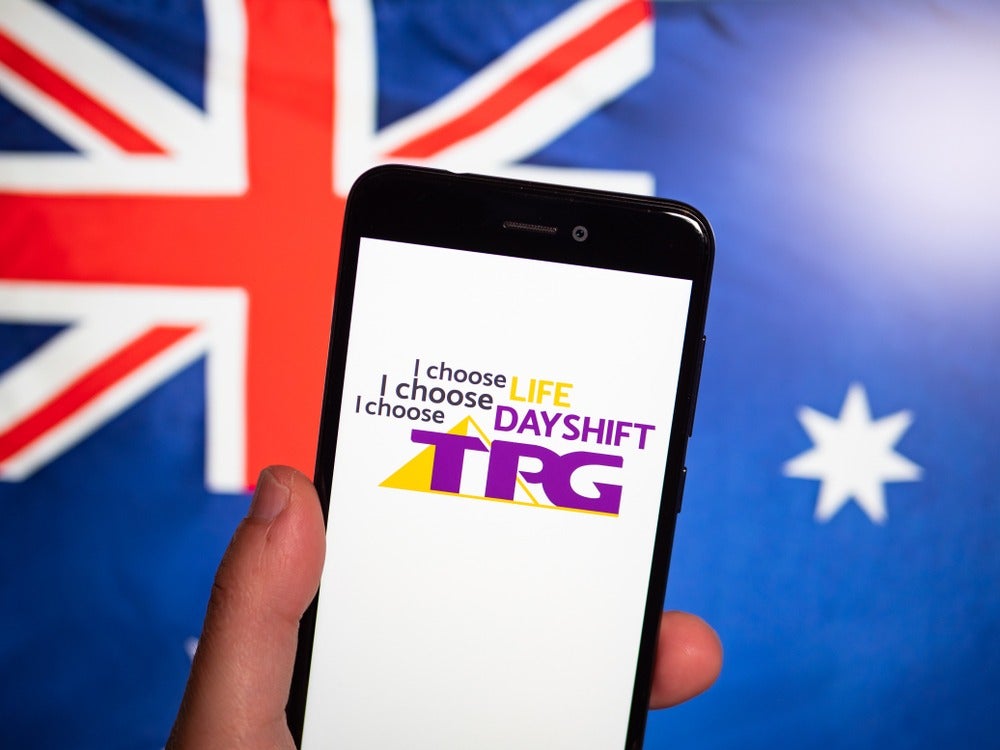
TPG Telecom, an Australian internet services provider, released its H1 2019 results on 20 March.
Total revenue for H1 2019 declined 1.5% year-on-year to AUD$1.24 billion but underlying earnings before interest, tax, depreciation and amortization (EBITDA) and net profit after tax improved 2.8% and 3.5% respectively.
TPG half-year results, 2019
Revenue and EBITDA growth was mainly due to improvement in its corporate division and the growth was offset by the decline of consumer division due to the DSL to national broadband network migration and iiNet home phone decline.
Within the corporate division, growth was mainly driven by the VHA fibre contract (contributed AUD$22 million of growth), which will not deliver long-term growth for the company.
While TPG has not been able to grow its revenue in H1 2019 compared to the same period in the previous financial year, it has been successful in reducing costs to improve its margins including a reduction in employment and overhead costs. With the consumer market challenged by competition and NBN migration, there is limited upside.
This is an ongoing challenge for all Australia telcos, which is not just impacting TPG. There is also limited room for further cost reduction so business-as-usual is not an option for TPG.
How well do you really know your competitors?
Access the most comprehensive Company Profiles on the market, powered by GlobalData. Save hours of research. Gain competitive edge.

Thank you!
Your download email will arrive shortly
Not ready to buy yet? Download a free sample
We are confident about the unique quality of our Company Profiles. However, we want you to make the most beneficial decision for your business, so we offer a free sample that you can download by submitting the below form
By GlobalDataCompetition regulator and Huawei
At this point, the best case scenario for TPG is for the merger with Vodafone Hutchison Australia (VHA) to go through. The company has raised the stake by announcing on 26 February 2019 that it would cease the rollout of its Australian mobile network.
TPG designed its mobile network based on small-cell architecture and Huawei was chosen as the principal vendor for the network with a simple upgrade path to 5G.
TPG cited the Huawei ban as the main reason for giving up the network rollout since the upgrade path is now blocked. This announcement should convince the regulator, the Australian Competition and Consumer Commission (ACCC), to give it the green light since there will be no change in the level of competition in mobile services – there is not going to be a fourth mobile operator.
A combined TPG-VHA entity is in a stronger position to compete with Telstra and Optus to deliver a broader set of fixed and mobile services, targeting both enterprise and small and medium-sized customers. This will give the entity more resources to invest in new technologies and services (5G and Internet of Things).
Whether the merger goes ahead or not, TPG (as well as VHA) should look for revenue growth from the business segment. Businesses from SOHO to large enterprises require reliable connectivity and digital solutions to enable their business to move fast.
Revenue opportunities for 5G are linked to the industrial IoT solutions that companies are willing to pay to achieve greater operational efficiency or create new revenues. This requires investments in areas such as software-defined networking, digital platforms for fast ordering and provisioning, and other capabilities such as security and edge computing.
Telstra and Optus are both doubling down on these areas and TPG/VHA cannot afford to fall behind for too long if it wants to be a serious contender to the two tier-1 telecoms in the enterprise space.
In the short-term, however, the reality is that TPG’s management team will have their hands full, either dealing with business integration or working on plan B – possible scenarios include selling its mobile assets, using it as last-mile access for broadband services or finding other potential use cases with its spectrum assets. In the meantime, the company is in a holding pattern as it awaits the decision from the ACCC on the merger with VHA which is currently expected on 9 May 2019.





Related Company Profiles
Telstra Corp Ltd
TPG Telecom Ltd